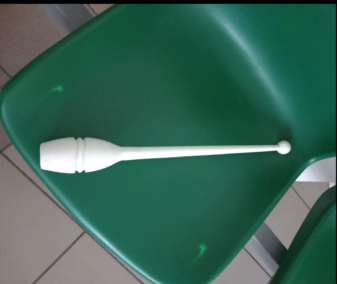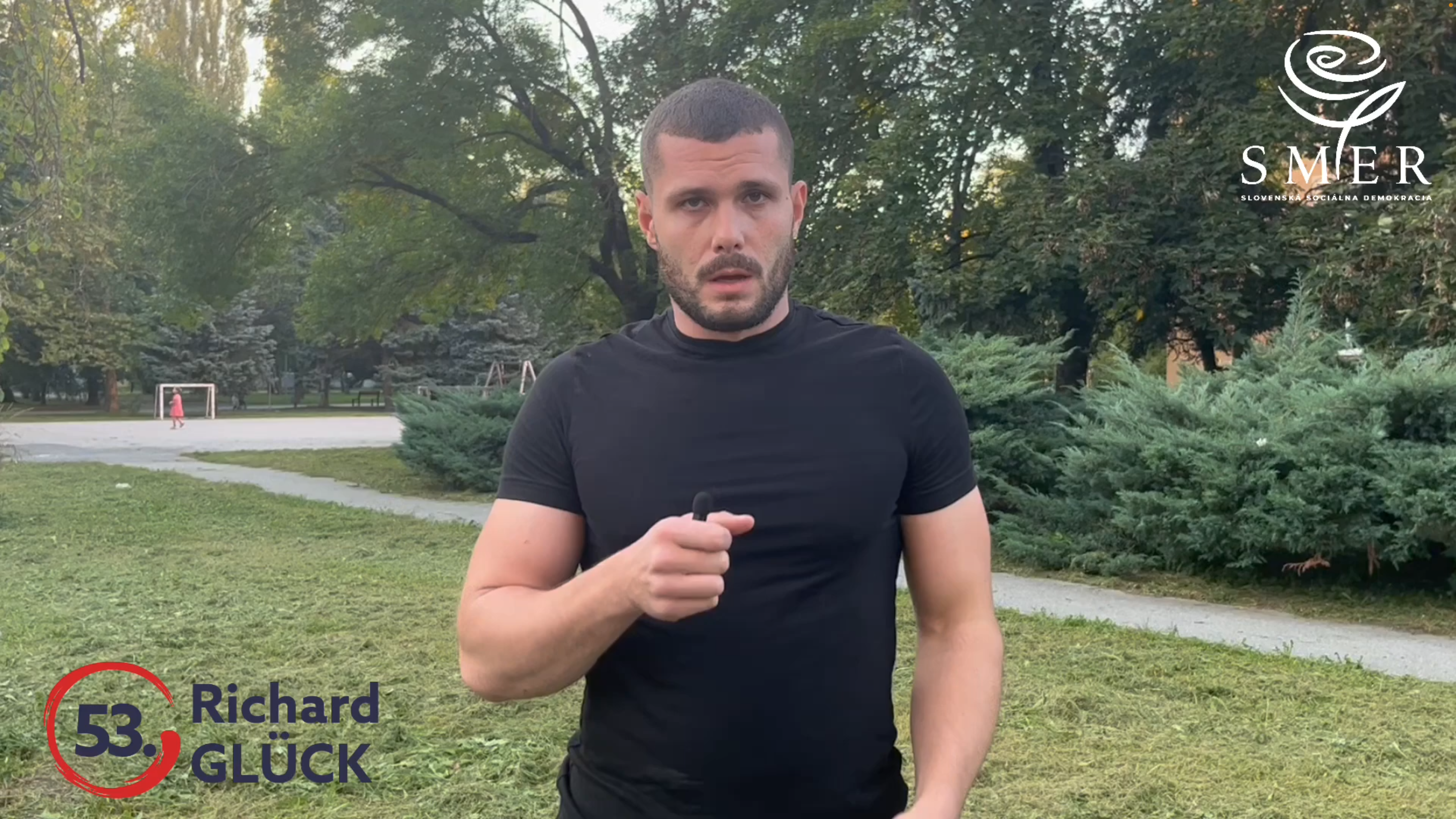Košice police are at the centre of explosive allegations of brutality, sexual abuse, and systemic cover-ups, as forensic evidence and video footage reveal patterns of violence against detainees — yet top officials continue to dismiss the claims. Štefan, a visually impaired detainee, was hospitalised with severe injuries, alleging that officers at a Košice station beat and sexually assaulted him with a white cane. DNA evidence corroborates his account, but senior police figures, including Inspection Service head Branislav Zurian and Police President Ľubomír Solák, have cast doubt on his mental health and suggested the injuries were self-inflicted in bizarre ways. Meanwhile, footage from December 2022 shows a Košice officer kicking a restrained Roma detainee, underscoring the routine use of force, particularly against Roma communities. Despite growing calls for accountability, including demands for an independent investigation, police leadership continues to downplay evidence, reinforcing a climate of impunity that leaves vulnerable populations at risk of further abuse.
In the wake of a detainee’s death at the hands of a police officer, Denník N has uncovered further disturbing cases of police brutality in Košice, Slovakia’s second-largest city. Videos obtained by the newspaper show officers engaging in violent and degrading treatment of detainees, including physical and sexual abuse. One such case involves Štefan (name changed for anonymity), a visually impaired Košice resident, who was allegedly assaulted and sexually violated by police while in custody.
A Pattern of Violence and Cover-Ups
On 11 June, Štefan was taken to the police station on Pribinova Street following a dispute at the Košice Self-Governing Region (KSK) office – the regional administrative authority responsible for overseeing local public services and governance in the Košice area. Within hours of his detention, Štefan was hospitalised with significant injuries – including chest trauma, facial lacerations, and a ruptured eardrum. According to Štefan, officers not only beat him but also sexually assaulted him using a white cane while he lay restrained on the ground.

The white cane allegedly used to sexually abuse Štefan. Photographed at the district police station on Pribinova Street in Košice. Source | Denník N
Despite the severity of the allegations and the initiation of criminal proceedings, no officers have been charged. Instead, high-ranking officials appear to be working to discredit Štefan’s account. Branislav Zurian, head of the Police Inspection Service (the internal body responsible for investigating misconduct by police officers), publicly questioned Štefan’s mental state, suggesting that his injuries might be self-inflicted. Police President Ľubomír Solák, Slovakia’s top police official, echoed this dismissive stance, insisting there was no evidence to support the claims of abuse.
Police Suggest Bizarre Self-Harm as DNA Evidence Contradicts Their Testimony
While police officers present a narrative in which Štefan supposedly harmed himself in bizarre and implausible ways, their testimonies conflict significantly. One officer, Viktor V., claimed Štefan repeatedly struck his head against a windowsill and attempted to insert his fingers and the cane into his own rectum. Others testified that Štefan’s visible injuries were minimal when he arrived, despite medical records indicating otherwise.

Štefan’s injuries | Reproduction photo | Source: Denník N
Crucially, a forensic examination of the cane revealed traces of Štefan’s DNA, further supporting his allegations. Yet, the police have failed to provide essential evidence that could clarify events. The camera inside the patrol car that transported Štefan – which should have captured vital footage – mysteriously stopped recording weeks before the incident. No explanation has been offered as to why the vehicle, equipped with malfunctioning surveillance, was used in the operation.
December 2022 Footage Captures Košice Officer Kicking Restrained Roma Detainee
This case highlights broader concerns over police violence against vulnerable communities in Slovakia, particularly the Roma population. Roma people, who represent one of the country’s largest ethnic minorities, often face systemic discrimination and disproportionate targeting by law enforcement. Advocacy groups have long documented cases of excessive force against Roma individuals, many of which go unpunished.
A former Košice police officer, who left the force disillusioned by pervasive violence, described a culture in which beatings and intimidation were routine. In December 2022, the ex-officer shared video footage showing a fellow officer kicking a restrained Roma detainee on Pribinova Street – a stark depiction of unchecked brutality.
He recounted witnessing officers repeatedly assaulting Roma individuals, sometimes forcing their heads through windows during arrests. According to his testimony, such violence is not seen as excessive but as an accepted and expected part of policing.
Top Officials Downplay Sexual Violence Allegations Despite Mounting Evidence
Despite mounting evidence, the response from police leadership has been one of deflection and minimisation. Zurian and Solák’s remarks downplay the significance of the allegations, framing them as the exaggerations of an unstable individual. Samuel Migaľ, head of Slovakia’s Parliamentary Committee for Oversight of the Slovak Intelligence Service (SIS), went further, labelling claims of sexual violence “impertinent” and refusing to entertain the notion that systemic abuse might exist.
Critics argue that such rhetoric not only undermines public trust but emboldens officers to continue engaging in abusive practices without fear of consequences. Calls for the mandatory installation of cameras in interrogation rooms and stricter oversight have been met with silence.
Despite Evidence, Košice Police Face No Accountability
The Pribinova Street police station, where Štefan’s alleged abuse took place, has been the site of multiple incidents suggesting a broader culture of violence. The station’s officers were implicated in past cases of excessive force, including a video from 2022 showing an officer kicking a restrained Roma detainee. Despite this, no significant reforms have been implemented.
As public outcry grows, advocacy groups and Štefan’s legal team are demanding an independent investigation into the incident and broader patterns of police violence. Štefan’s lawyer has filed complaints with the General Prosecutor’s Office, urging closer scrutiny of how the case is being handled.
While authorities delay action, the sense of impunity within the Košice police force persists – leaving vulnerable communities exposed to further abuse. For many, Štefan’s case stands as a grim reminder of the unchecked power some officers wield and the systemic failures that allow such brutality to flourish.
Source: Dušan Karolyi | Denník N








